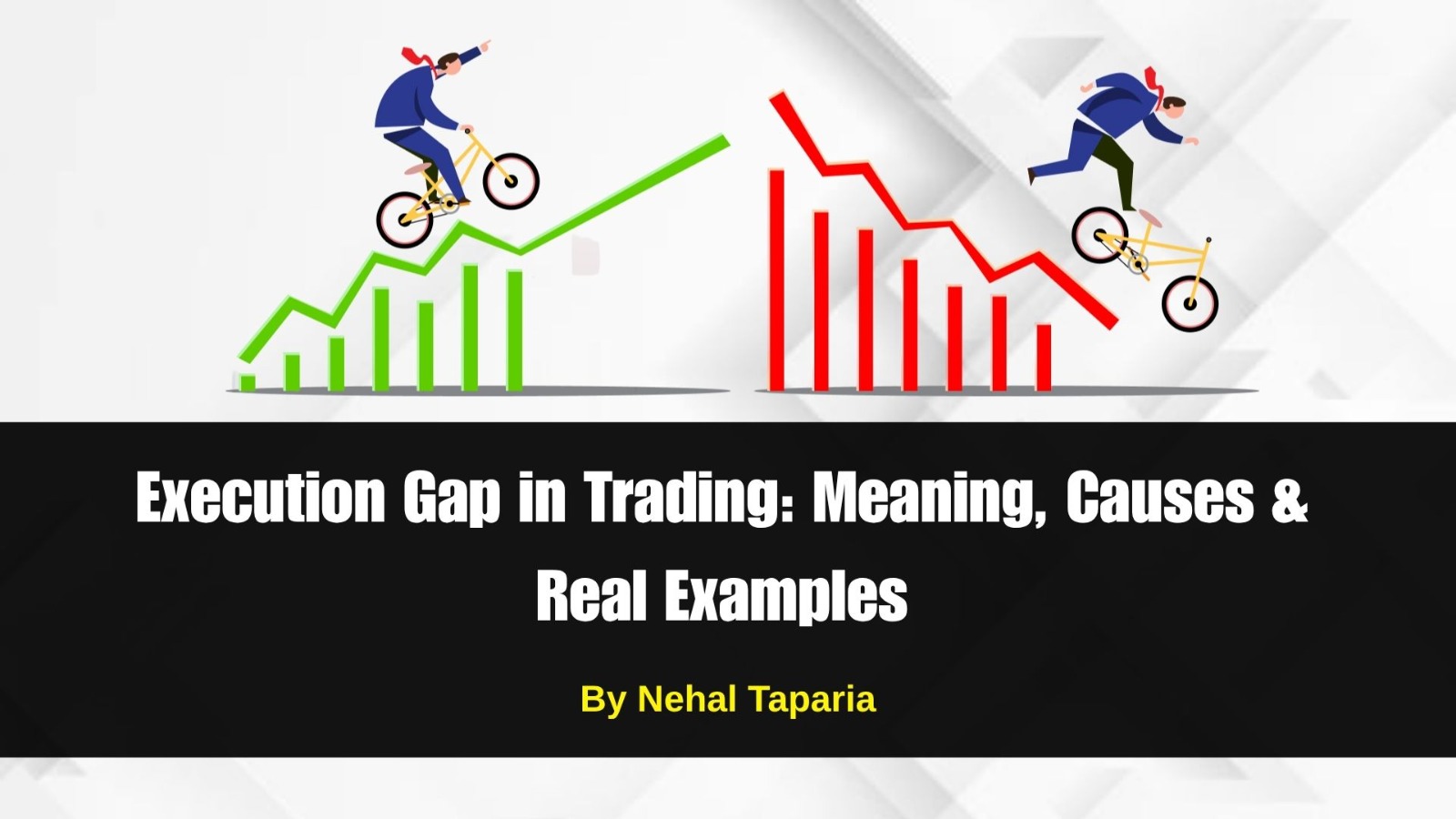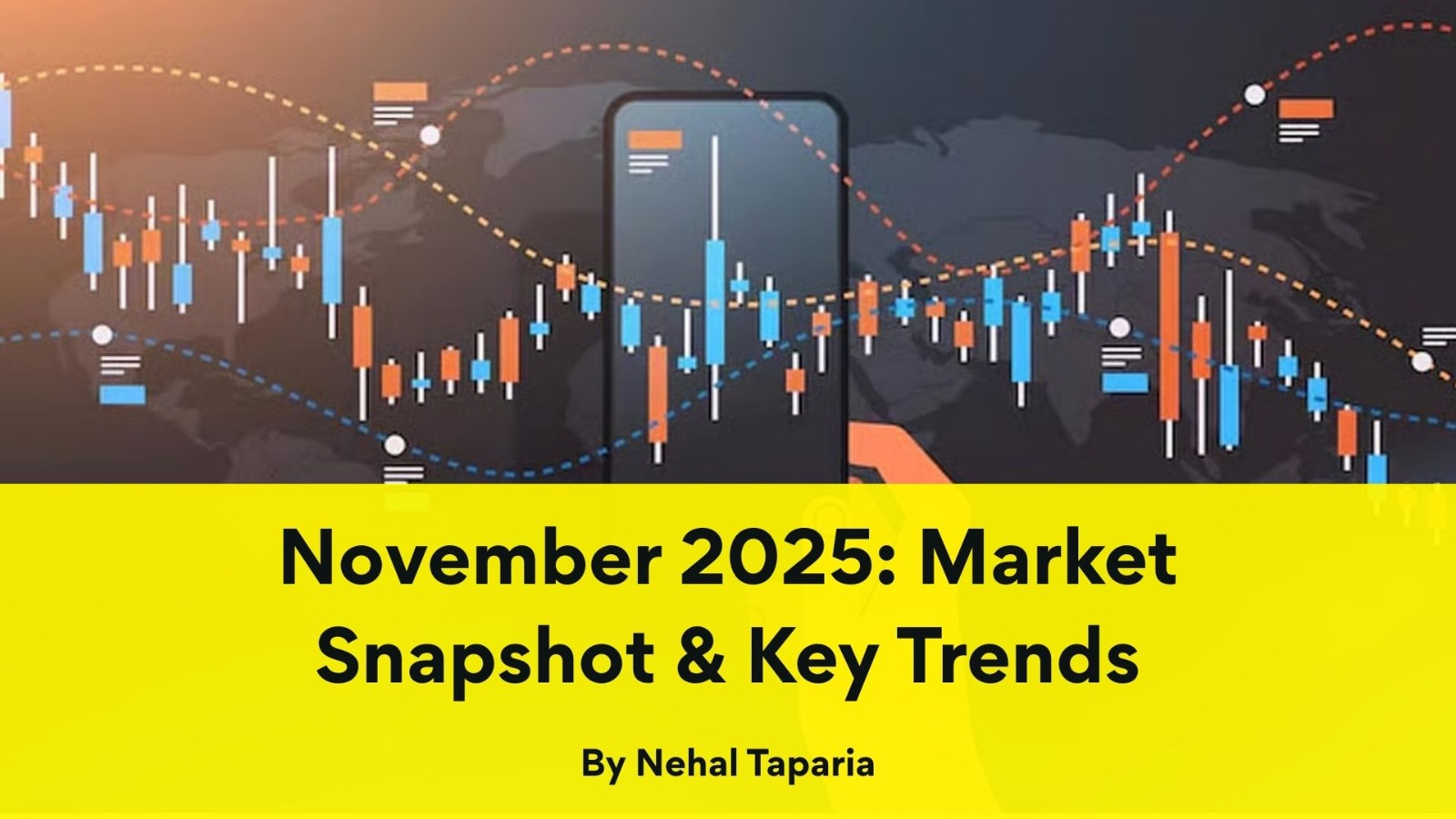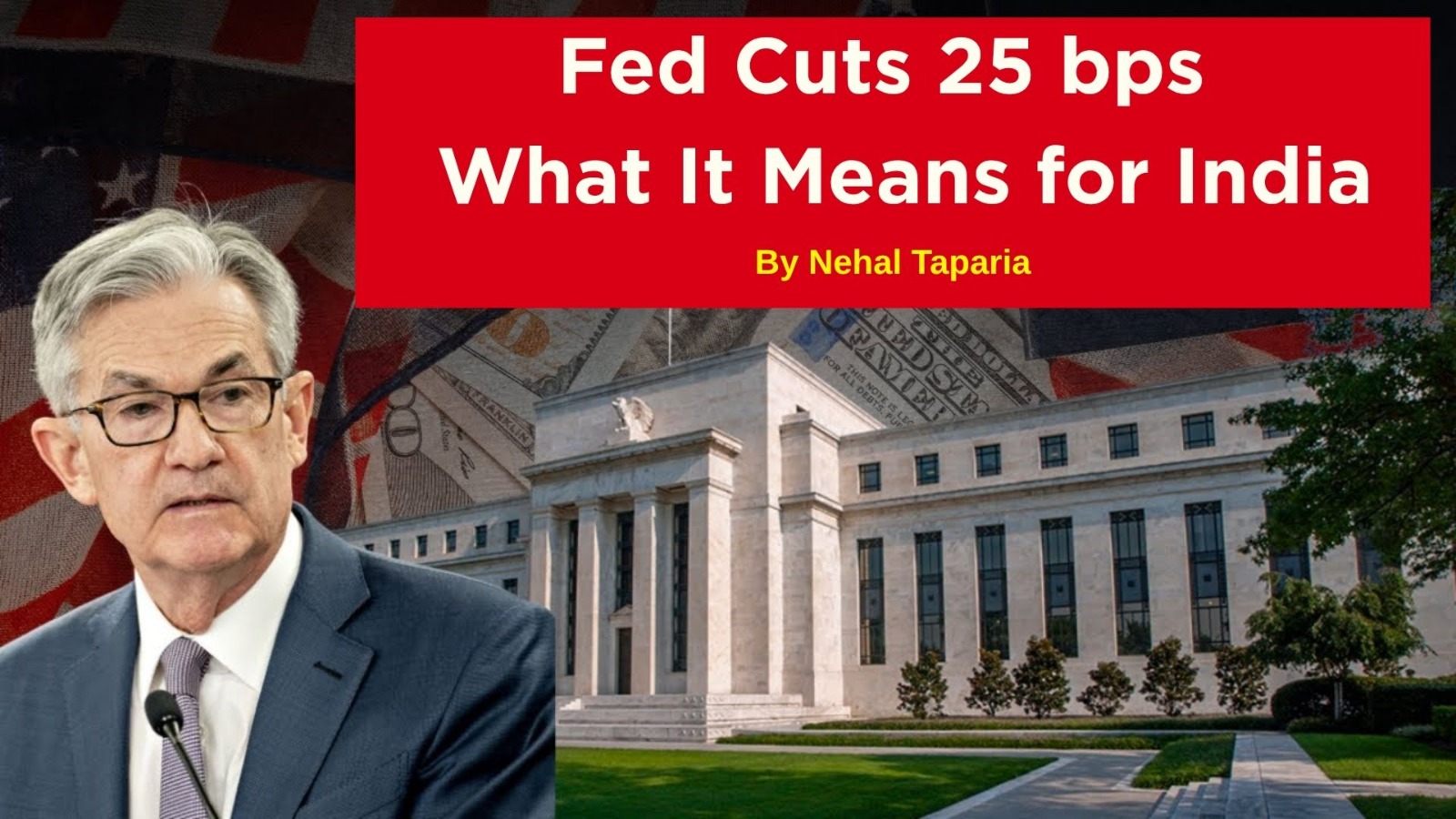Execution Gap in Trading: Meaning, Causes & Real Examples

Execution Gap in Trading: Meaning, Causes & Real Examples
Trading looks simple on charts, but when real orders hit the market, traders often face a hidden challenge called the execution gap. Whether you are trading equities, futures, or options, understanding execution gaps is crucial for risk management.
At Empirical F&M Academy, we cover such concepts in our Technical Analysis Course and Share Market Course, ensuring that learners master both market strategies and real-world execution skills.
What is Execution Gap in Trading?
An execution gap occurs when the actual price at which your order is filled differs from the price you expected.
- If you place a buy order at ₹100, but it executes at ₹100.50, you’ve faced a negative execution gap.
- If it executes at ₹99.80, you’ve gained from a positive execution gap.
Execution gaps are common in volatile markets, illiquid stocks, or around big news events.
Key Reasons for Execution Gaps
- Market Volatility – Prices move quickly in fast markets, causing orders to fill at the next available price.
- Liquidity Gaps – When fewer buyers/sellers are present, the bid-ask spread widens, leading to execution differences.
- Order Type – Market orders are highly prone to execution gaps, while limit orders provide price control.
- Speed of Execution – Faster systems or algorithms reduce the impact of execution gaps.
Real Examples of Execution Gap
- Intraday Example: A trader places a buy order for Nifty Futures at 25,200, but in a volatile session, the fill happens at 25,212. That ₹12 difference is an execution gap.
- Options Trading Example: Buying a Bank Nifty call option at ₹150 may actually fill at ₹155 if liquidity is low.
- Corporate Results: Stocks like Infosys often show execution gaps when orders are placed around earnings announcements due to sudden price jumps.
How to Minimize Execution Gaps?
- Use limit orders instead of market orders.
- Trade during high liquidity hours (avoid first and last minutes of sessions).
- Stay cautious during major economic announcements.
- Test execution strategies in a Technical Analysis Program before live deployment.
Why Execution Gap Matters
Even a small execution gap can silently reduce profits, especially for intraday and high-frequency traders.
That’s why at Empirical Training and the Academy of Stock Market, we emphasize both analysis and execution skills. Our Advanced Technical Analysis modules teach traders how to handle such real-world challenges.
By Nehal Taparia
This content is for educational and knowledge purposes only and should not be considered as investment or Trading advice. Please consult a certified financial advisor before making any investment or Trading decisions.
Our Recent FAQS
Frequently Asked Question &
Answers Here
Q1. Is execution gap always harmful?
Not always. Sometimes traders benefit from positive execution gaps, but more often in volatile conditions, gaps are negative.
Q2. Does execution gap affect futures and options more?
Yes. In F&O Trading, wider spreads make execution gaps more common. Even small deviations in entry prices can impact strategy outcomes.
Q3. Can new traders avoid execution gaps completely?
No. But they can minimize the effect by using limit orders and practicing with small quantities in liquid instruments.
Q4. Do brokers cause execution gaps?
No. Brokers transmit your order to the exchange. Execution gaps happen because of market dynamics (liquidity, volatility). However, slow systems can increase the effect.
Q5. Which courses help understand execution gaps better?
At Empirical Institute, our Share Market Course and Advanced Technical Analysis Course include practical training on execution, order types, and market behavior to help traders reduce these hidden costs.
Copyright © By Empirical F&M Academy. Design & Developed by Techno Duniya


.jpg)


.jpeg)




